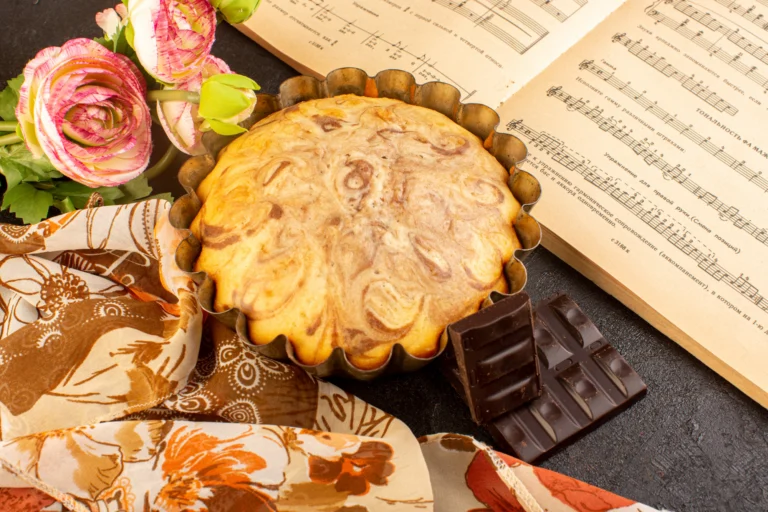Cake Glycerine Recipe: Your Guide to Baking Moist and Delicious Cakes Every Time
Baking a perfect cake is more than just following a recipe; it’s about understanding the magic behind each ingredient. Have you ever baked a cake that looked great but ended up dry or crumbly? If so, you’re not alone. The good news is that there’s a secret ingredient to ensure your cakes are consistently moist and irresistible: glycerine. In this guide, we’ll explore everything you need to know about the cake glycerine recipe, including its benefits, how to use it, and a step-by-step cake glycerine recipe that will make you the star baker in your circle.
Table of Contents
The Magic of Cake Glycerine Recipe: Why Every Baker Needs This Secret Ingredient
Imagine baking a cake for a special occasion, only to cut into it and find it dry. It’s disappointing, isn’t it? A cake glycerine can save you from that frustration. This versatile ingredient not only locks in moisture but also enhances the texture and flavor of your cakes. Whether you’re a seasoned baker or a beginner, incorporating a cake glycerine into your baking arsenal can elevate your skills to a professional level. Let’s dive into the details and learn how this magical ingredient can transform your cakes.
What is Glycerine?


Definition and Origin
Glycerine, also known as glycerol, is a clear, odorless liquid derived from plant or animal fats. It is a natural humectant, meaning it has the unique ability to retain moisture. This property makes it invaluable in various applications, from cosmetics to the cake glycerine.
Why is Glycerine Used in Baking?
In baking, glycerine serves several purposes:
- Moisture Retention: It keeps cakes moist, even after days of storage.
- Texture Enhancement: Glycerine ensures a soft, tender crumb.
- Fondant Flexibility: It prevents fondant from drying out and cracking.
Benefits of Using Cake Glycerine Recipe in Cakes
Enhances Cake Texture
A cake glycerine improves the texture of your cakes, making them soft and velvety. The difference is noticeable from the first bite.
Acts as a Natural Preservative
By retaining moisture, a cake glycerine recipe extends the shelf life of baked goods, keeping them fresh longer.
Improves Fondant and Icing
When used in fondant or icing, a cake glycerine prevents cracking and enhances pliability, making decorating easier and more professional-looking.
Safe and Natural
As a food-grade ingredient, glycerine in a cake glycerine is safe for consumption and derived from natural sources, making it a healthy addition to your recipes.
Cake Glycerine Recipe: Step-by-Step Guide
Ingredients
Here’s what you’ll need to make a moist and delicious cake using the cake glycerine recipe:
| Ingredient | Quantity |
|---|---|
| All-purpose flour | 2 cups |
| Sugar | 1 ½ cups |
| Baking powder | 2 tsp |
| Eggs | 3 large |
| Milk | 1 cup |
| Glycerine | 2 tbsp |
| Vanilla extract | 1 tsp |
Instructions
- Preheat the Oven: Set your oven to 350°F (175°C). Grease and flour a baking pan.
- Mix Dry Ingredients: In a large bowl, combine the flour, sugar, and baking powder.
- Combine Wet Ingredients: In another bowl, whisk together the eggs, milk, glycerine, and vanilla extract.
- Blend Together: Gradually add the wet ingredients to the dry ingredients, mixing until smooth.
- Pour and Bake: Pour the batter into the prepared pan. Bake for 30-35 minutes or until a toothpick inserted into the center comes out clean.
- Cool and Enjoy: Let the cake cool completely before serving or decorating using the cake glycerine.
Tips for Baking with Cake Glycerine Recipe
- Measure Accurately: Too much glycerine can make the cake overly dense, so stick to the recommended amount in the cake glycerine.
- Use Food-Grade Glycerine: Always choose glycerine labeled as food-grade to ensure safety in your cake glycerine recipe.
- Incorporate Slowly: When adding glycerine to icing or fondant, mix it in small amounts until the desired consistency is achieved in your cake glycerine.
Common Mistakes to Avoid
- Using Non-Food-Grade Glycerine: This can be harmful, so ensure you use the right type in your cake glycerine.
- Overusing Glycerine: Adding too much can lead to an overly sticky or dense cake in your cake glycerine.
- Skipping Glycerine in Fondant: Without it, fondant can dry out, leading to cracks and a less polished look in your cake glycerine.
FAQ Section
What type of glycerine should I use for baking?
Always choose food-grade glycerine. It’s safe for consumption and specifically designed for culinary use in your cake glycerine recipe.
Can I substitute glycerine in recipes?
Yes, you can use alternatives like honey or corn syrup, but glycerine provides superior moisture retention and texture enhancement in a cake glycerine recipe.
Is glycerine safe for all diets?
Yes, as long as it’s plant-based, it’s suitable for vegetarians and vegans. Always check the source if dietary restrictions apply to your cake glycerine.
How much glycerine should I use in a cake recipe?
Typically, 1-2 tablespoons per recipe is sufficient, depending on the cake’s size and desired texture in the cake glycerine.
Bake Like a Pro with Cake Glycerine Recipe
A cake glycerine recipe might just be the secret weapon your baking has been missing. By adding this simple ingredient, you can create cakes that are moist, delicious, and bakery-quality. Whether you’re making a birthday cake, wedding cake, or just a treat for yourself, a cake glycerine recipe will ensure it’s perfect every time.
Ready to try it out? Grab your ingredients, follow the cake glycerine recipe, and let the compliments roll in. Don’t forget to share your baking success stories and spread the magic of the cake glycerine recipe!








